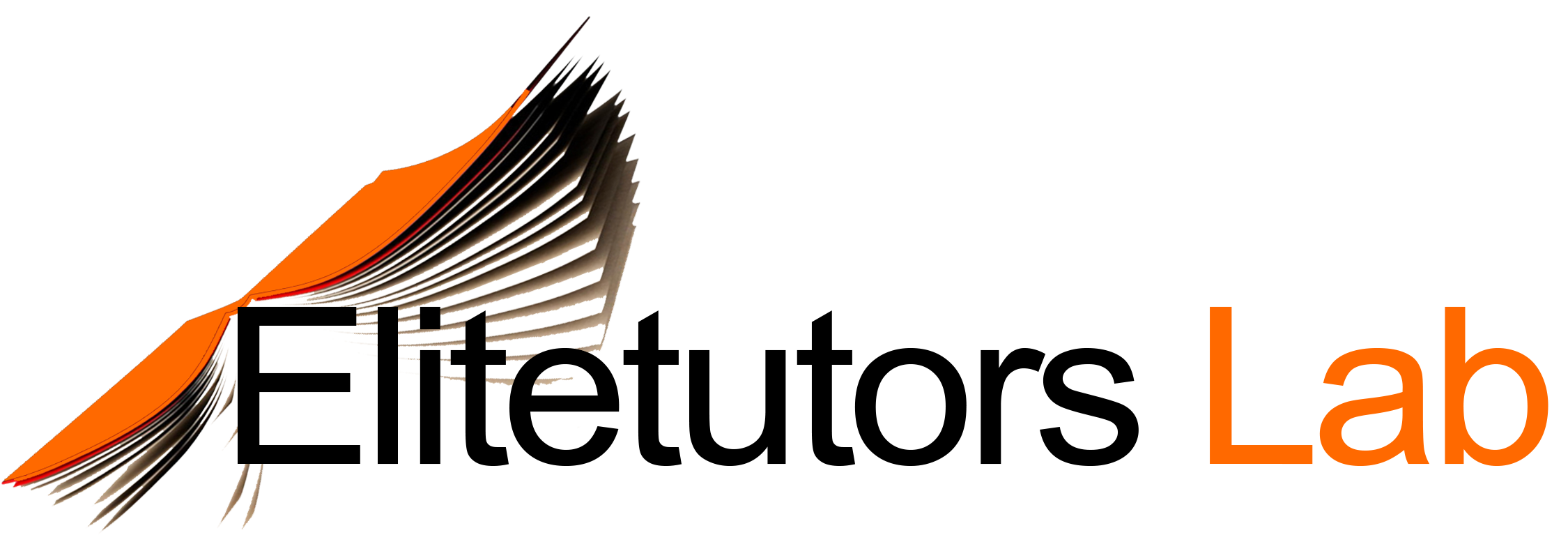Read the following:
http://www.intuitor.com/statistics/T1T2Errors.html
Apply the ideas in the Rogers piece to the following scenario:
You are a senior quality control executive at an international pharmaceutical firm, Meditix. Your company has produced a drug, H-Immo, that has been shown to significantly reduce or eliminate cancerous liver cells. Until this point, all Meditix’s testing has been conducted in a laboratory environment, using cell cultures in Petri dishes and computer modeling. You are in charge of setting the confidence level (p-value, or level of significance) for results in your first phase of human testing of H-Immo.
Describe the considerations you make when determining an acceptable p-value for testing your new drug. What are the potential consequences of choosing both more stringent or looser p-values?
- Discuss why you believe acceptable p-values in social sciences (sociology, psychology, educational studies, business) are generally higher than they are in hard and natural sciences (including physics, chemistry, medicine). What are the potential consequences of looser p-values in social sciences (in terms of the types of errors it might produce)? How can social sciences mitigate this trade-off?
- Why is reporting “bubbling under” results or “nearly significant” results a questionable practice?
Place your order now for a similar paper and have exceptional work written by our team of experts to guarantee you A Results
Why Choose US:
11+ years experience on custom writing
90% Return Client
Urgent 3 Hrs Delivery
Your Privacy Guaranteed
Unlimited Free Revisions
Money Back Guarantee
